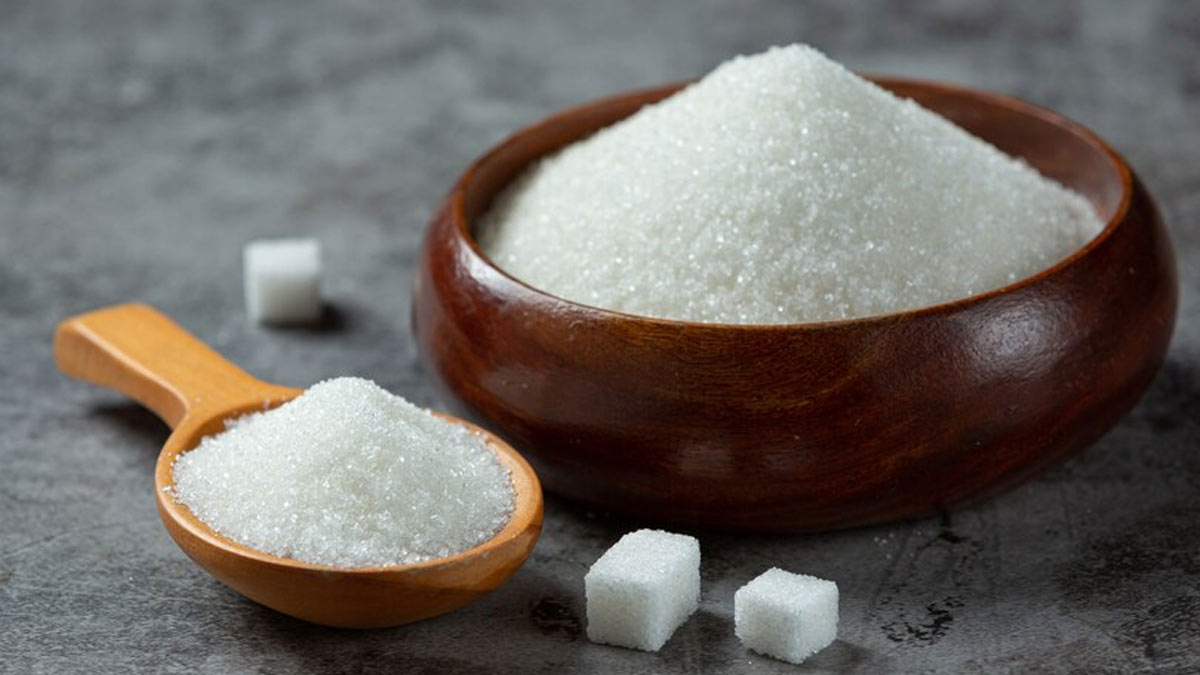
In recent years, the incidence of non-alcoholic fatty liver disease (NAFLD) has surged, making it one of the most common liver disorders worldwide. This condition, characterised by the accumulation of excess fat in the liver of individuals who consume little to no alcohol, has sparked a growing concern among health professionals and researchers. A significant body of evidence points to one of the primary dietary culprits behind this condition: sugar, specifically fructose.
Table of Content:-
As our diets become increasingly laden with sugary beverages and processed foods, understanding the role of sugar in the development and progression of NAFLD is crucial for both prevention and treatment. In this article, we explore how excessive sugar intake, particularly fructose, contributes to NAFLD and discuss practical steps to mitigate this risk.
To understand how sugar intake affects your liver and causes NAFLD, OnlyMyHealth spoke to Dr Swapnil Sharma, Liver Transplant And Hepatobiliary Surgeon, Dr LH Hiranandani Hospital Powai, Mumbai.
But before jumping on to how sugar can cause it, let’s understand what NAFLD is. According to the National Institute of Health, NAFLD is a condition where excess fat builds up in the liver of people who drink little or no alcohol. It’s a serious condition that can lead to liver inflammation, scarring, and even liver failure. One key factor in the development of NAFLD is the consumption of too much sugar.
The Role of Sugar in NAFLD

When asked if sugar intake can cause NAFLD, Dr Sharma said, “Yes, immoderate sugar intake, especially fructose, is associated with NAFLD. When you consume sugar, your body breaks it down into glucose, which it uses for electricity and stores for later. If there is too much glucose in your blood, it turns into fat cells, which your liver stores. Over time, fat cells can update liver cells, predominant to NAFLD.”
Also read: How To Reverse Fatty Liver Naturally? Here Are Some Easy Steps You Can Practice At Home
Fructose: The Double-Edged Sword
According to Dr Sharma, NAFLD consumes more fructose than people without the sickness. Reducing sugar consumption, mainly fructose, can bring about a decrease in liver fats and step forward liver function.
Explaining more about the main culprit fructose, Dr Sharma said, “Fructose, a problem of sucrose and immoderate-fructose corn syrup (HFCS), is pervasive inside the modern food plan, particularly in sugary beverages and processed elements. Unlike glucose, which is metabolised through several tissues inside the frame, fructose is predominantly metabolised in the liver. This extremely good metabolic pathway is vital in informing how fructose contributes to NAFLD.”

Furthermore, he said, “Upon ingestion, fructose undergoes phosphorylation through fructokinase inside the liver, bypassing the regulatory steps that manage glucose metabolism. This results in a short inflow of substrates for de novo lipogenesis (DNL), the method by which more carbohydrates are transformed into fatty acids,” adding, “Over time, chronic consumption of fructose can bring about the accumulation of triglycerides interior hepatocytes, the hallmark of NAFLD. The hyperlink between fructose and hepatic steatosis is supported by using the manner of each animal and human studies.”
Moreover, fructose metabolism generates uric acid, which could exacerbate hepatic fat accumulation by impairing mitochondrial characteristics and promoting oxidative pressure. The affiliation between sugar-sweetened liquids (SSBs) and NAFLD is especially robust. Observational research consistently shows that folks who eat excessive quantities of SSBs have a better prevalence of NAFLD. These liquids contribute to excessive caloric consumption and provide a focused supply of fructose, amplifying its deleterious consequences on the liver.
Also read: Why Is Fatty Liver Prevalent In Young Adults In India? Know From Expert
Health Implications and Management
NAFLD is a multifactorial disorder. Genetic predisposition, overall nutritional patterns, bodily hobby tiers, and other lifestyle elements additionally contribute to its improvement. However, the evidence implicating fructose as a key dietary threat issue is compelling enough to warrant public health interventions. Dr Sharma advised “Reducing the intake of fructose-rich foods and beverages, alongside broader dietary and lifestyle changes, will be a strategic method to mitigating the load of NAFLD.”
“Strategies to oppose NAFLD encompass losing weight, choosing a wholesome food plan, exercising and being extra active, managing diabetes, and lowering cholesterol and blood strain,” he added.
Conclusion
The metabolic pathways of fructose facilitate hepatic fat accumulation, inflammation, and development to more intense liver sickness degrees. While addressing NAFLD calls for a holistic technique, proscribing sugar consumption, especially from sugary beverages, is a prudent measure to protect liver fitness. Public fitness rules geared toward decreasing sugar consumption ought to play a pivotal position in curtailing the rising tide of NAFLD and its related complications.
Also watch this video
How we keep this article up to date:
We work with experts and keep a close eye on the latest in health and wellness. Whenever there is a new research or helpful information, we update our articles with accurate and useful advice.
Current Version